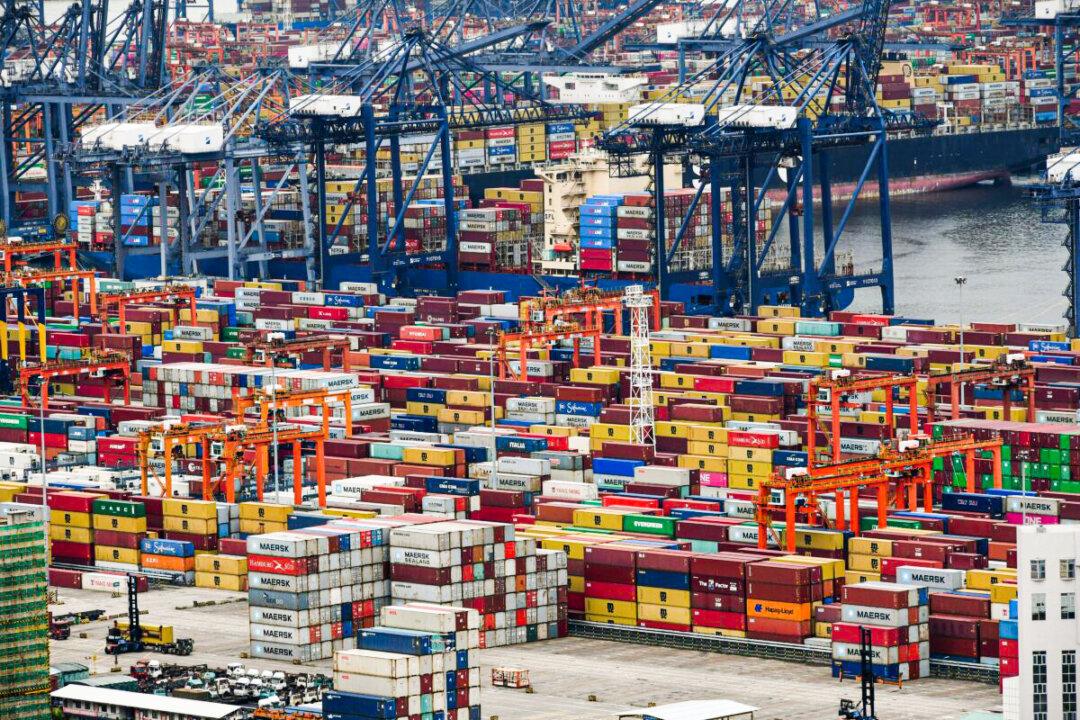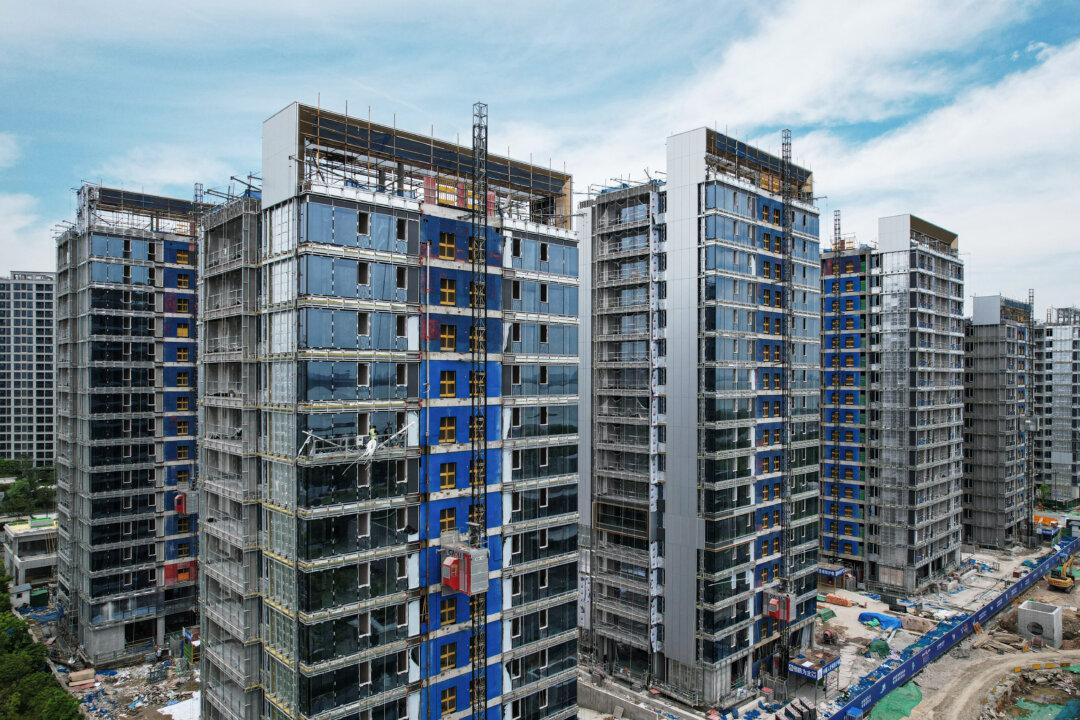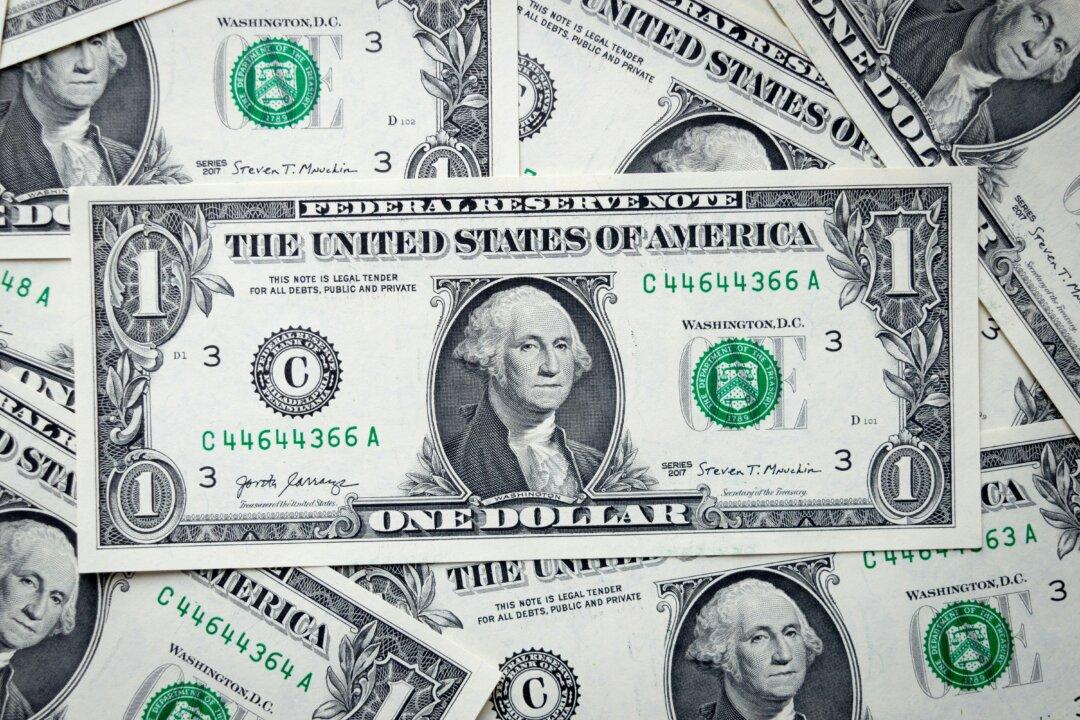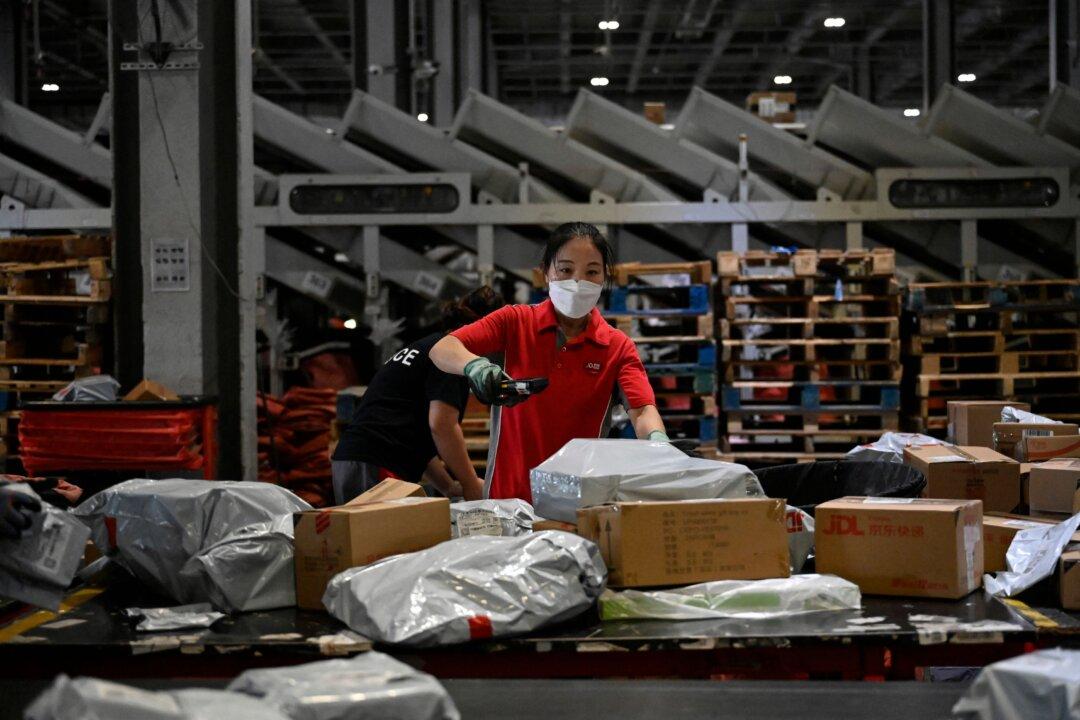As the world’s second-largest economy battled to restore demand and the pressures to deliver more direct policy assistance build on Beijing, China dipped into deflation for the first time in more than two years and factory-gate prices extended drops in July.
The Consumer Price Index (CPI), the main indicator for inflation, declined 0.3 percent in July, according to the National Bureau of Statistics, after remaining unchanged in June.





